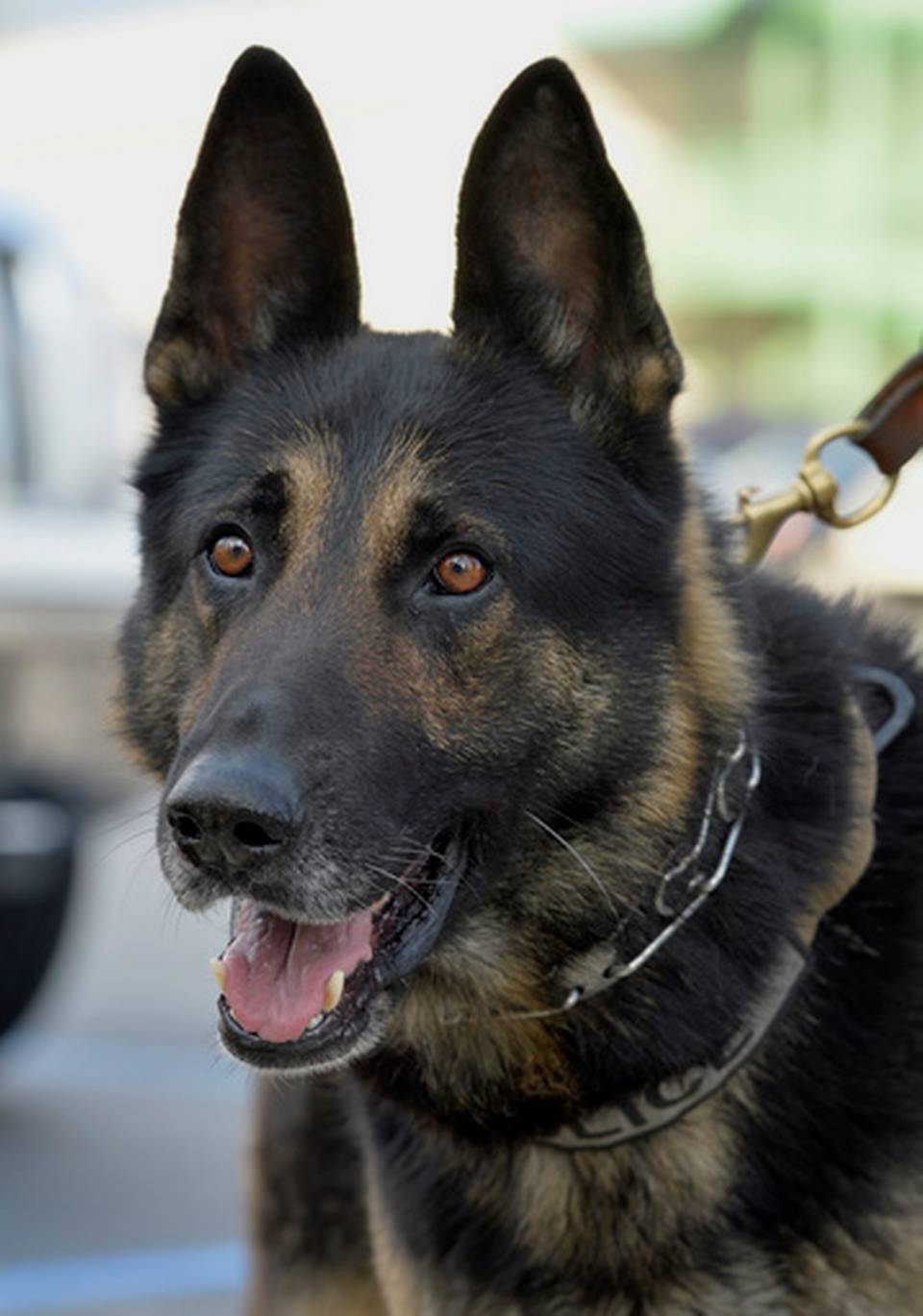
Shooting a Police Dog not a Crime in Kentucky, depending on the circumstances. I was a police K-9 handler for about eighteen months; I have mixed emotions about the story.
A police dog, no matter what his expertise, is an expensive undertaking for any police department. Many states make it a felony to interfere with or assault a police K-9. Kentucky makes it a crime only if the K-9 is killed or retired due to his injuries.
Police dogs are property, not people. Despite the feelings of many folks, the value of a dog is found in the marketplace and not in our hearts. In the law enforcement context, a K-9 is a piece of specialized equipment. The cold hard reality is that when a police K-9 is deployed in a 1arge building the dog’s job is to flush out the burglar or get shot doing it.
The K-9’s handler and fellow officers do everything possible to keep that from happening. Sometimes to the detriment of other police officers. I wrote about an officer involved shooting in Albuquerque. It included a standoff with a wacko armed with two knives. http://poracponders.com/criminal-justice/allies. A video shows what happened next: https://www.youtube.com/watch?v=6tpAZObNZfI.
I don’t know why police decided to break off negotiations and physically intervene. It appears that the intervention was supposed to be in three parts: First, deployment of a flashbang stun grenade. The disorientating effect of the flash and explosion is meant to slow down a response. Second, deployment of a police dog to take control and divert the suspect’s attention. Having a German Shepard gnawing on your arm or leg has a remarkable way of focusing one’s attention. Third, officers move in with verbal commands to disarm and handcuff the suspect.
The plan breaks down when the K-9 handler releases his dog but then calls him off. When this happens, the handler in trying to control his dog exposes himself to Boyd who is still armed and advancing. One of the two designated shooters, believing that the K-9 handler is in danger of death or serious bodily injury by Boyd, opens fire, followed a moment later by the second shooter. Had the dog been allowed to finish his mission, Boyd would likely be alive today. Whether the dog would have survived or even been injured, we will never know.
On the off chance that the reader does not check the links, I will state once again the continuum in the use of force, in play when non-lethal force is contemplated.
Force is applied at the next highest level likely to overcome resistance. When the suspect employs deadly force, it will be met by deadly force. To use a less lethal option is a violation of policy and sound tactics. Police can try intervention at a lower level, they do it all the time, but they have to have the deadly force option covered. Albuquerque PD had it covered. They had a negotiator (verbal, persuasion), escalated to a stun grenade (technical stun device), infliction of pain compliance (K-9) and finally deadly force (SWAT with M-4 rifles), back down to pain compliance (bean bag rounds) for an immobile but still armed suspect.
A slight detour from where we started but a necessary one. We all hope our K-9’s get to retire, just like we hope fellow officers do. But the reality is, that isn’t going to happen. I’m trying not to sound callous here and probably not succeeding.
I know that police K-9s are a valuable part of the team and I know that they feel the same way. Try stuffing ten narcs and a K-9 into a motel room waiting for a bust to go down. Then reenact the beans and campfire scene from “Blazing Saddles,” and the dog joins in and wins the competition. I’ve never been through a “bite session” with our patrol dogs where they didn’t come over after the pads are stored. To give me a nudge as if to say,”Thanks that was fun, no hard feelings, we’re still buds, right?” Or the ultimate to see the K-9 and handler in the car together and realize the dog is the brains of the outfit.
I think that Kentucky could use a modification to the existing statute to tie the value of the K-9 or medical treatment and or rehabilitation to the schedule they use when determining felonies in cases of theft or criminal mischief. The other consideration, possibly not made clear, is that if one looks down to see a police K-9 gnawing on your leg. Chances are there is a felony charge looming, no matter how the dog is treated.